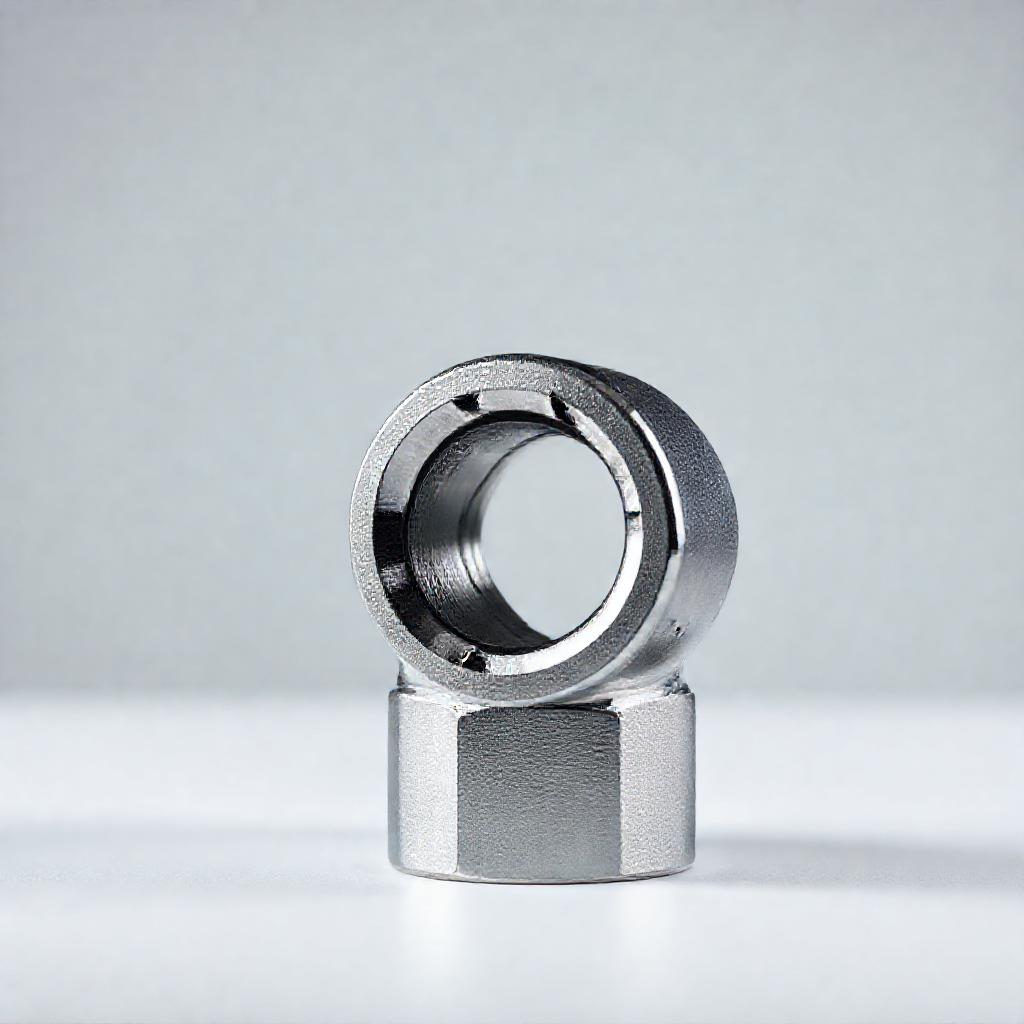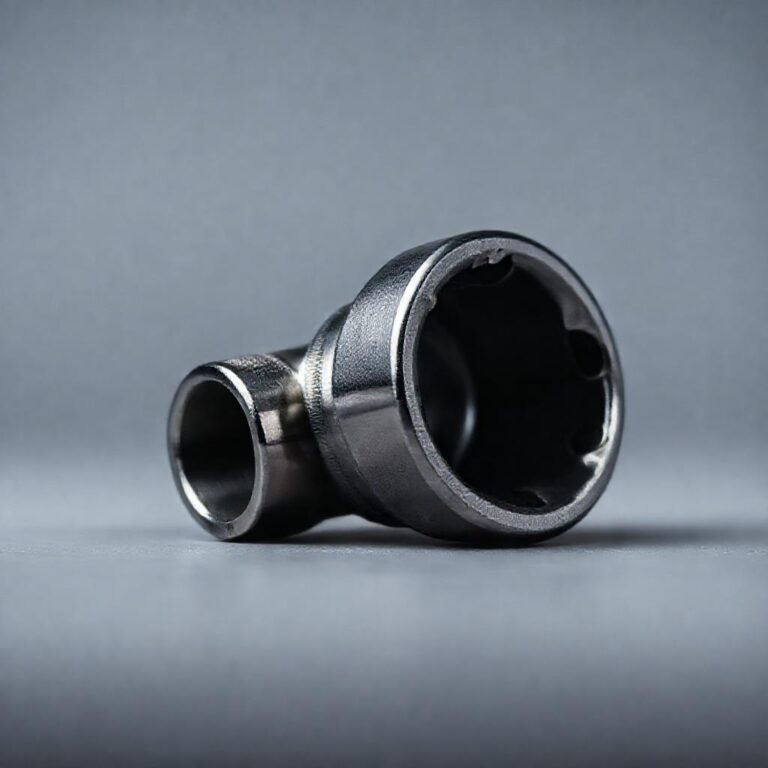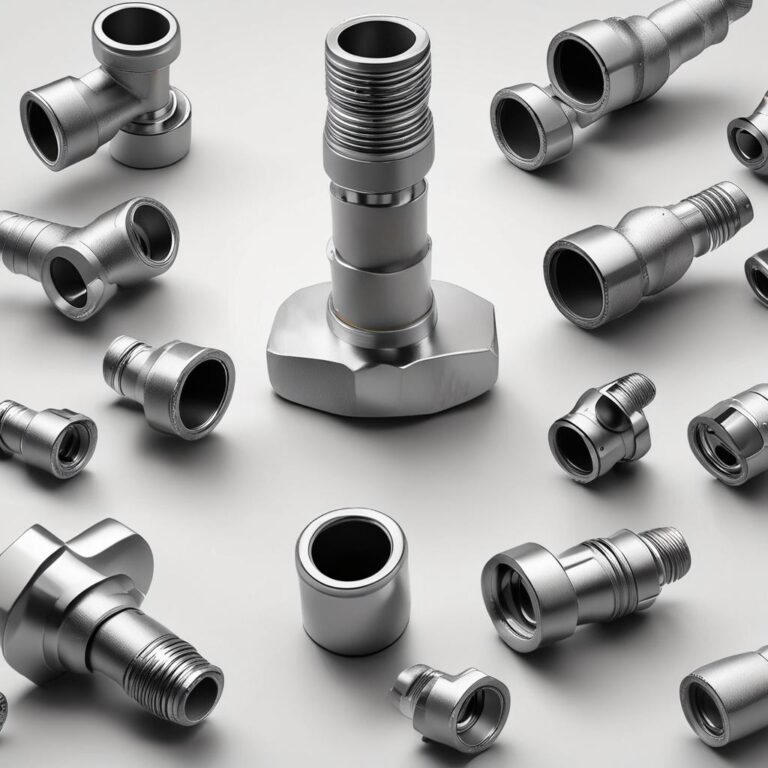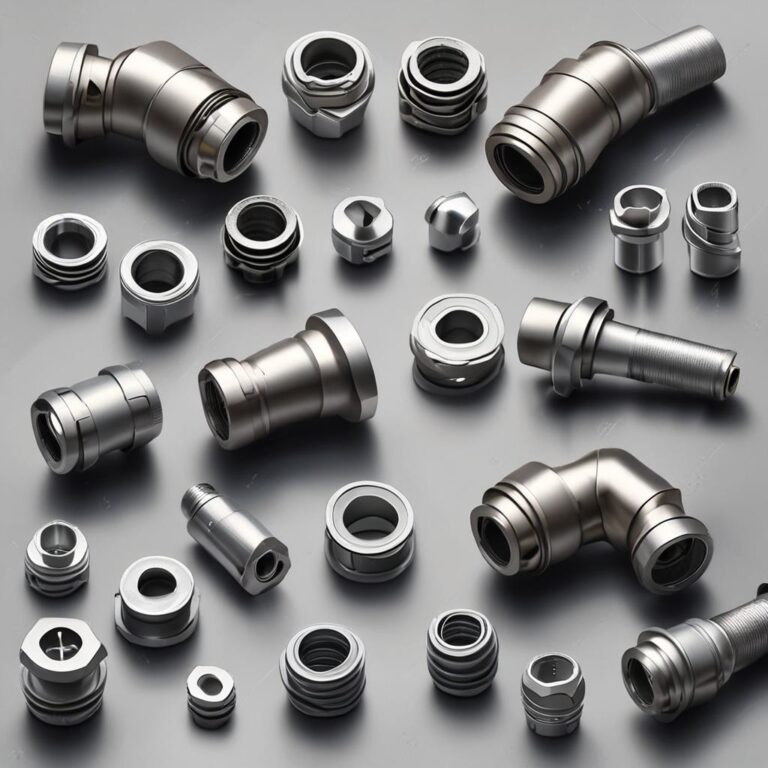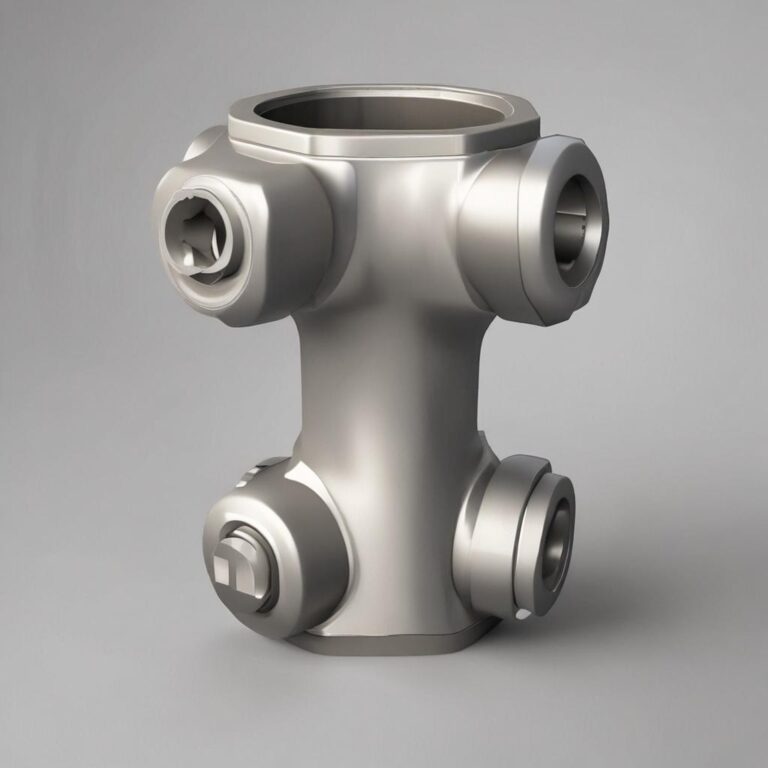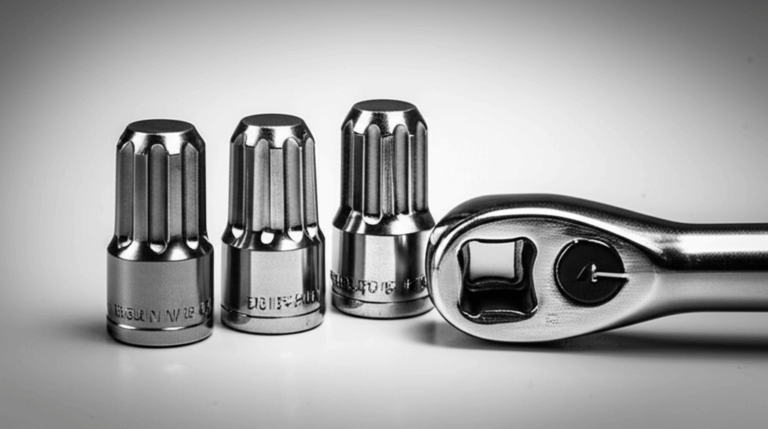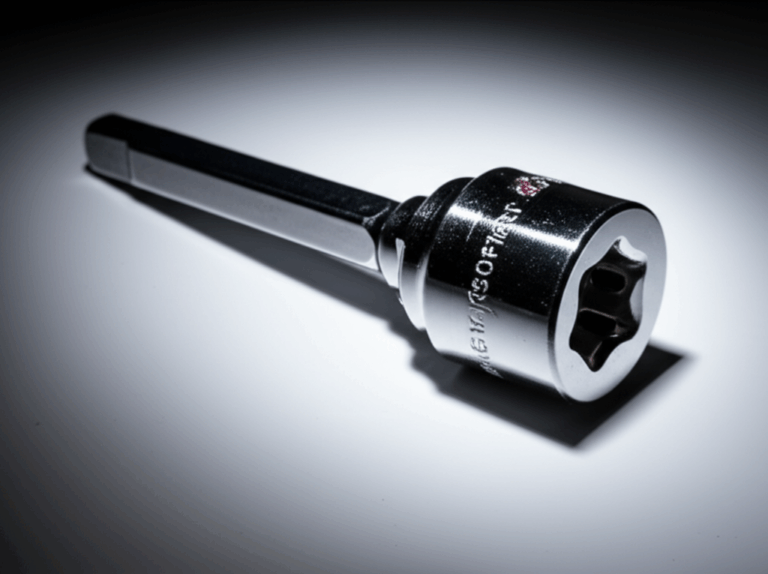U Joint Bolt Socket
Here’s a well-structured, engaging blog post following your guidelines:
—
Working with machinery, vehicles, or heavy equipment often involves dealing with tight spaces and hard-to-reach bolts. That’s where a U joint bolt socket comes in—a specialized tool designed to make stubborn fasteners easier to handle. Whether you’re a mechanic, engineer, or DIY enthusiast, understanding the different types of U joint bolt sockets, their applications, and how to use them properly can save you time, effort, and frustration. This guide will walk you through everything you need to know to choose the right socket for your needs.
What Is a U Joint Bolt Socket?
A U joint bolt socket is a specialized tool designed to fit around U joint bolts, allowing for easier access in tight or awkward spaces. Unlike standard sockets, these are often deeper or angled to accommodate the unique positioning of U joints in drivetrains, suspension systems, and industrial machinery. They come in various sizes and configurations to match different bolt heads and applications, ensuring a secure fit without slipping or rounding off bolts.
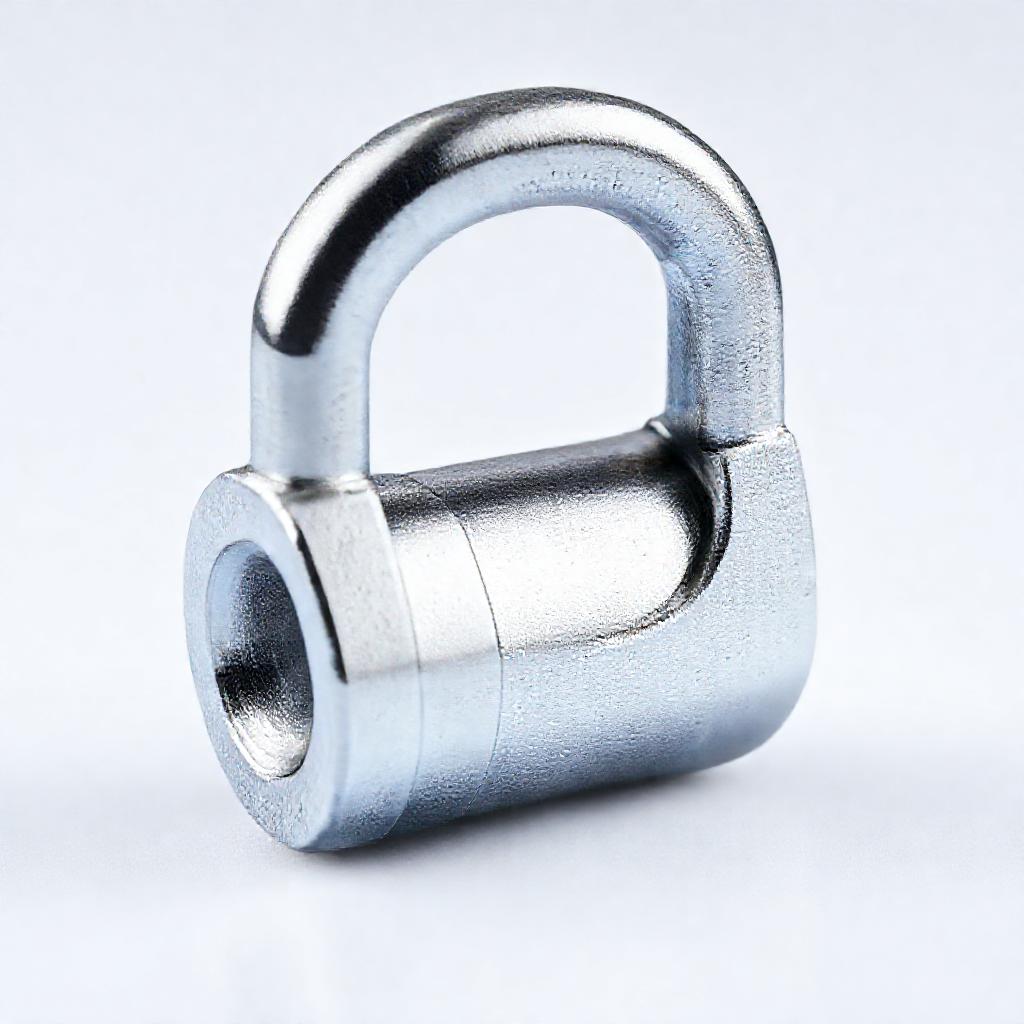
Types of U Joint Bolt Sockets
Standard U Joint Bolt Sockets
These are the most common type, available in various sizes to fit standard U joint bolts. Typically made from high-strength materials like chromium vanadium or alloy steel, they offer durability and precision. They’re ideal for general automotive and industrial repairs where a straightforward, rigid socket is sufficient.
Impact-Resistant U Joint Bolt Sockets
Designed for heavy-duty use, these sockets feature reinforced construction to withstand the high torque of impact wrenches. They’re perfect for automotive and industrial applications where bolts are tightly fastened and require significant force to loosen. Their durability makes them a long-lasting investment for professionals.
Flexible U Joint Bolt Sockets
These adjustable sockets are designed to bend or pivot slightly, making them ideal for bolts in hard-to-reach areas. Commonly used in automotive repairs, they provide flexibility where rigid sockets would struggle to align properly. Their versatility reduces the need for multiple tools, streamlining the repair process.
How to Choose the Right U Joint Bolt Socket
Selecting the right U joint bolt socket depends on several factors:
- Size and Fit: Ensure the socket matches the bolt head specifications.
- Material: Choose high-quality steel for durability, especially in high-torque applications.
- Tool Compatibility: Verify whether the socket works with your wrench or impact driver.
- Application: Consider whether you need a rigid, impact-resistant, or flexible socket based on the job.
Avoid common mistakes like using the wrong size or material, which can lead to stripped bolts or tool damage.
Common Applications of U Joint Bolt Sockets
U joint bolt sockets are essential in various fields:
Maintenance and Care Tips
To extend the life of your U joint bolt socket:
Troubleshooting U Joint Bolt Socket Issues
If you encounter problems:
FAQs About U Joint Bolt Sockets
Q1: What’s the difference between a U joint bolt socket and a regular socket?
A U joint bolt socket is deeper and often angled to fit around U joints, while standard sockets are shallower and designed for straightforward access.
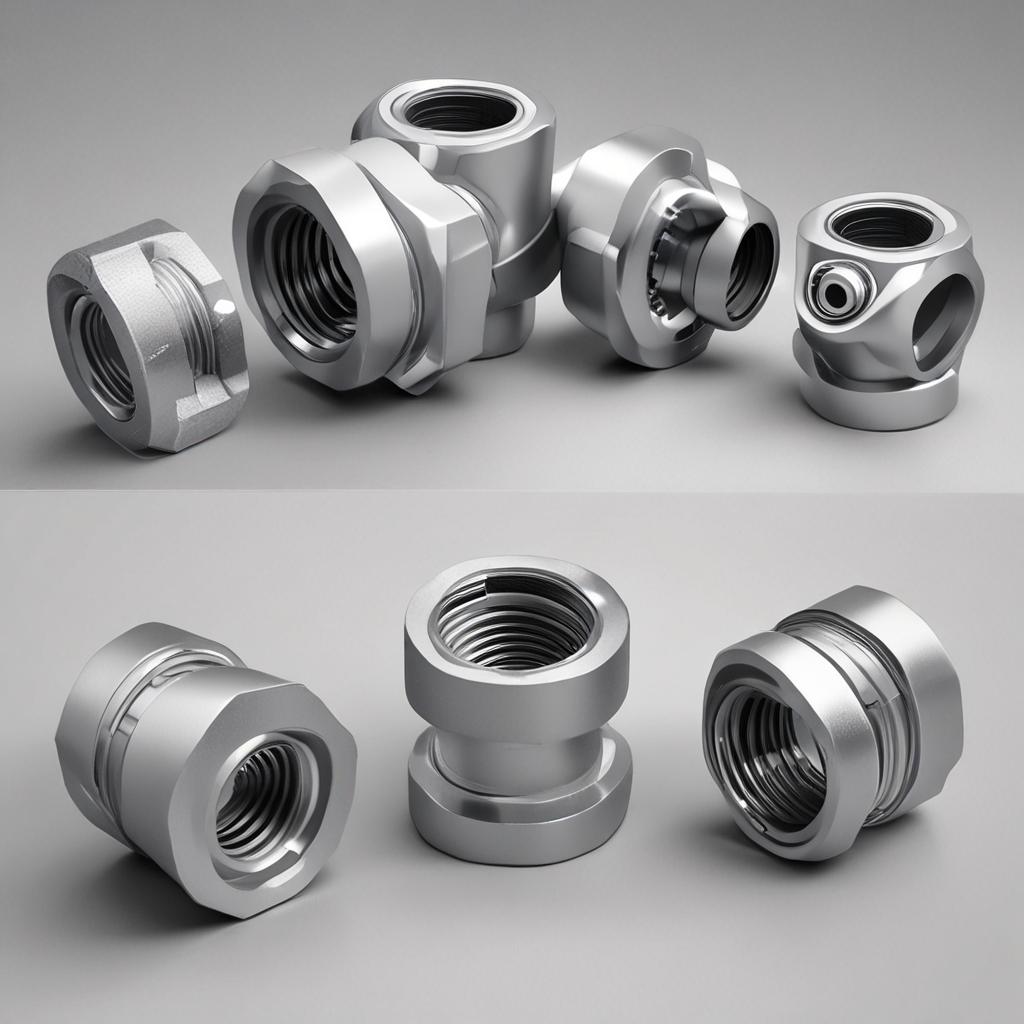
Q2: Can I use a standard socket instead of a U joint bolt socket?
In some cases, but it can lead to slipping, rounded bolts, or difficulty accessing the fastener.

Q3: How do I know if my U joint bolt socket is worn out?
Look for grooves, cracks, or misalignment. Replace it if it no longer fits securely.
Q4: Are universal U joint bolt sockets a good investment?
They’re versatile for occasional use but may lack the precision of dedicated sockets.
Q5: What safety precautions should I take when using U joint bolt sockets?
Always wear gloves, use proper torque, and avoid over-tightening to prevent damage.
Conclusion
A U joint bolt socket is an essential tool for anyone working with machinery or vehicles. By understanding the different types, applications, and maintenance tips, you can ensure efficient and safe repairs. Whether you’re a professional mechanic or a DIYer, choosing the right socket will save you time and prevent costly mistakes. For more guidance, consult manufacturer specifications or seek advice from a trusted expert. Happy wrenching!
—

